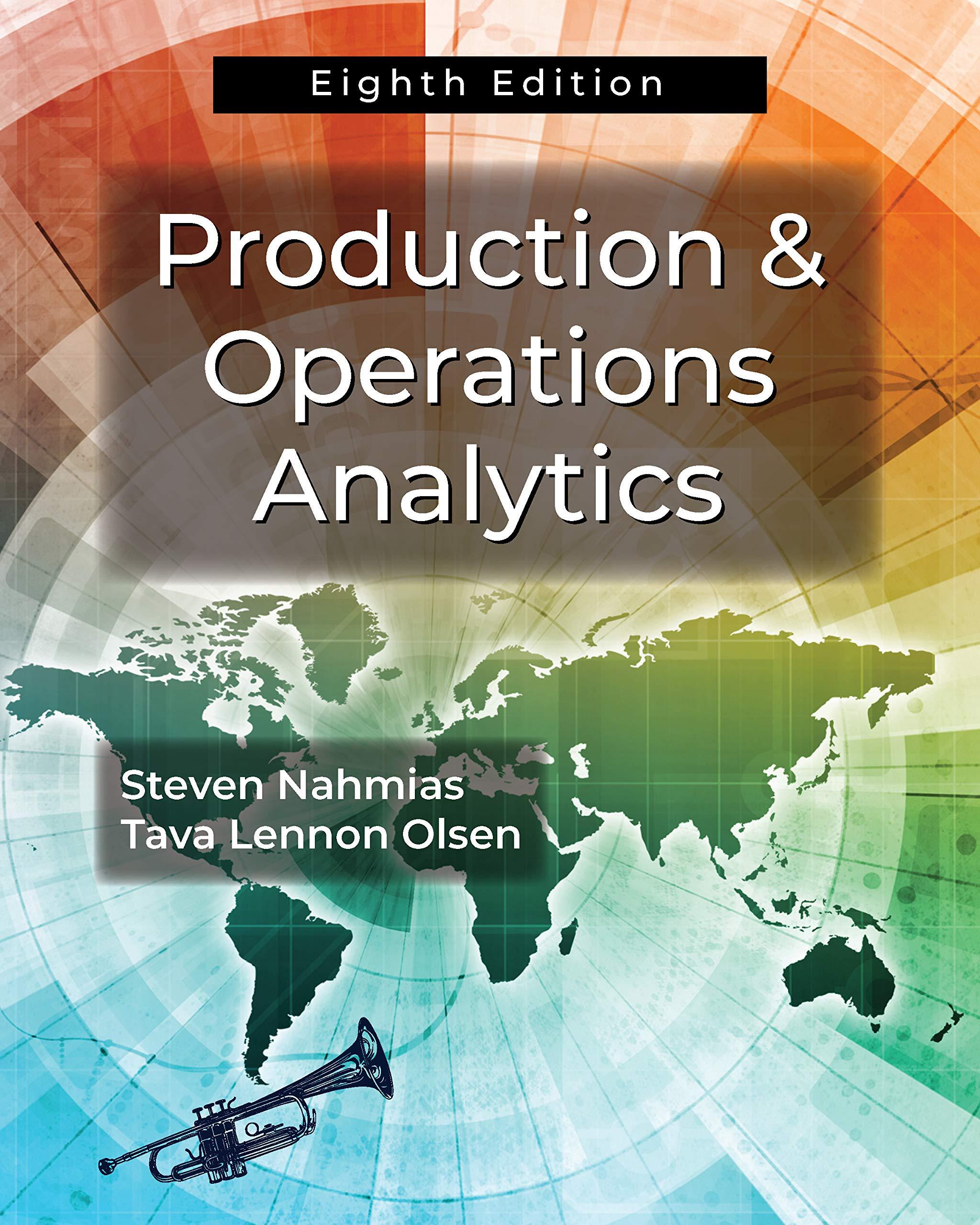Question
1. 20 points. (think question) On pages 302-303, forward rate calculation is presented. Then the probability of default calculation is presented. Lets suppose the yield
1. 20 points. (think question) On pages 302-303, forward rate calculation is presented. Then the probability of default calculation is presented. Lets suppose the yield on a 2-year T-bond strip is .04 and the 1-year T-bond strip is .03. Also, suppose that the corporate 2-year bond annual rate is .08 and the 1-year corporate bond rate is .065.
a. 10 points: calculate the probability of default in year 2 for the corporate bond.
b. 10 points: Note all the reasons that you can think of that this calculation will give us a poor estimate of the probability of default in year 2. In other words, why might it be very risky to rely on that probability calculation?
2. 20 points. What are the ways a credit officer might use to determine if a loan to a corporation had credit risk?
3. 20 points. Your business wants to borrow $2 million. How might you go about reducing the credit risk to get a lower interest rate on the loan. List anything that is appropriate.
4. 20 points. (think question) Chapter 11 on Credit Risk has a nice application of the variance of a portfolio. The appendix 11B has a nice application of probability using a Poisson distribution. Statistics are generated on past data. How does a rare event like the sub-prime mortgage fiasco impact on a banks estimation of its risk?
5. 20 points. How can a bank become illiquid? In other words, what are circumstances that lead to illiquidity?
Step by Step Solution
There are 3 Steps involved in it
Step: 1

Get Instant Access to Expert-Tailored Solutions
See step-by-step solutions with expert insights and AI powered tools for academic success
Step: 2

Step: 3

Ace Your Homework with AI
Get the answers you need in no time with our AI-driven, step-by-step assistance
Get Started


